Working together we’re delivering what we promised and more
2019 has been another very productive year for the CRC for Water Sensitive Cities as we continue to focus on delivering high quality, award-winning research, industry-directed adoption activities and collaborative on-ground works that put water sensitive principles into practice.
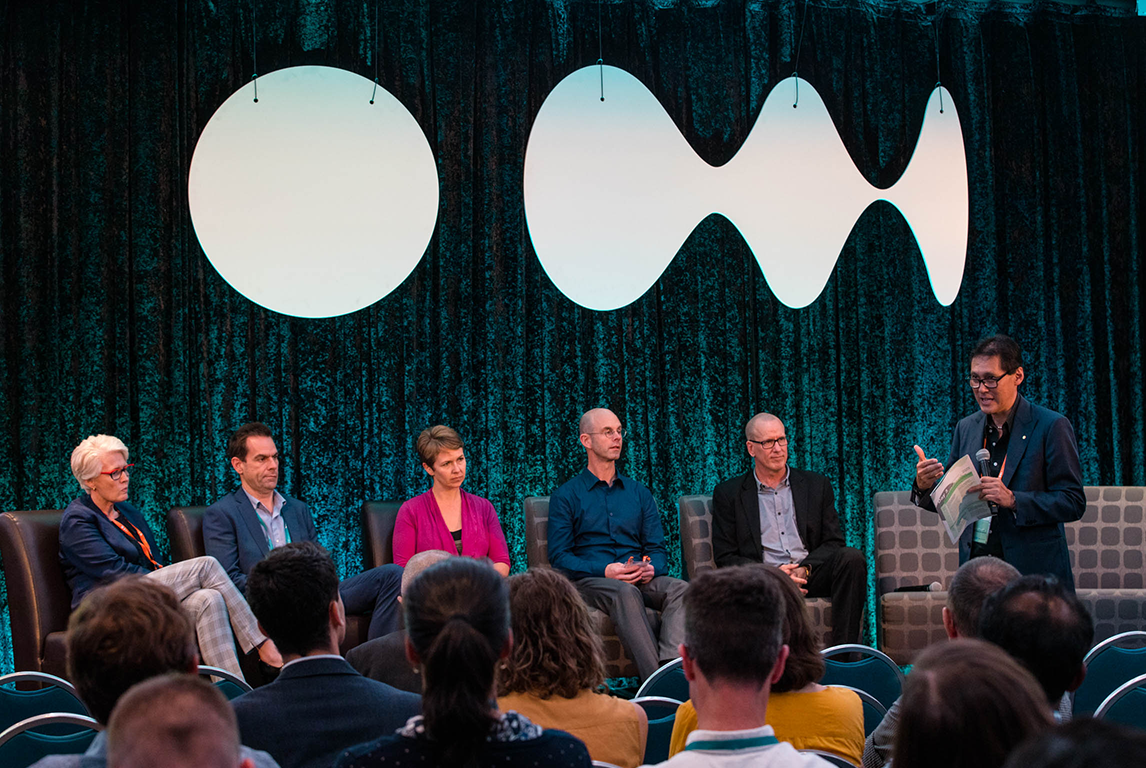
For many around Australia, 2019 has been dry. Many regional and rural areas are approaching day zero (when their water supplies run out), and water restrictions are again being imposed in some of our major urban centres. Water security is an increasingly important issue in Australia, and I am very proud of the CRCWSC’s contribution to the debate. The Australian urban water sectors, including many of our partner organisations (Participants), have worked hard in strengthening their resilience to drought. Projects such as the WA groundwater replenishment trial, stormwater recycling systems in Orange and Salisbury, the South Bank parklands rain bank, and the Aquarevo housing development have demonstrated that fit-for-purpose water sources can work in practice.
Our capital cities are much more prepared for drought now than at the onset of the Millennium Drought. Nevertheless, our challenge remains ensuring that alternative water sources become part of mainstream practice.
Currently, the drought is affecting our rural communities the most. So, we need to adapt our experience and innovation in major cities to support greater drought resilience in regional cities and towns. In a recent radio interview, I discussed how we can use recycled water to improve water security. One option for regional and rural cities and towns is to use recycled water to enhance and strengthen agricultural production in the peri-urban area. Some water originally allocated to rural sectors could be used to first provide potable water to these cities and towns, fostering greater drought resilience. This water could then be recycled to support, with greater certainty, high value agriculture in the peri-urban area. This opportunity to use water twice in regional and rural cities and towns could help address the effects of drought.
Recycled water could also play a bigger role in our major urban areas, particularly in infill developments. These large infill developments are an opportunity to introduce local recycling to avoid or defer major water supply and sewerage infrastructure.
Research and on-ground works on these kinds of issues remain imperative. And as another year draws to a close, I’d like to highlight what we’ve achieved this year, and acknowledge the efforts of Participants and staff. Year after year, your efforts are making our aspirations for water sensitive cities a reality.
Our end-of-year video captures some highlights for 2019—and we all should be very proud of these achievements. As well as delivering what we promised, we’re securing our legacy as we approach our final year of operation in FY2021.
Delivering the transition to water sensitive cities
An obvious highlight in 2019 was our 4th Water Sensitive Cities Conference (26–28 March, Brisbane), and it set the scene for what was a very busy and productive year.
A recurring conference message was the CRCWSC’s central role in delivering water sensitive projects on the ground. It was heartening to hear that we’ve been instrumental in establishing the connections and relationships that convert research excellence to good and innovative ideas and practices. New technologies and practices are just one part of the solution—collaborating, co-creating, building relationships and engaging stakeholders is the other.
This was a conference where our Participants showcased the application of our research outputs, through case studies of works on-ground, and beta versions of models and supporting tools. Over 240 delegates heard practical examples of how industry is applying CRCWSC research.
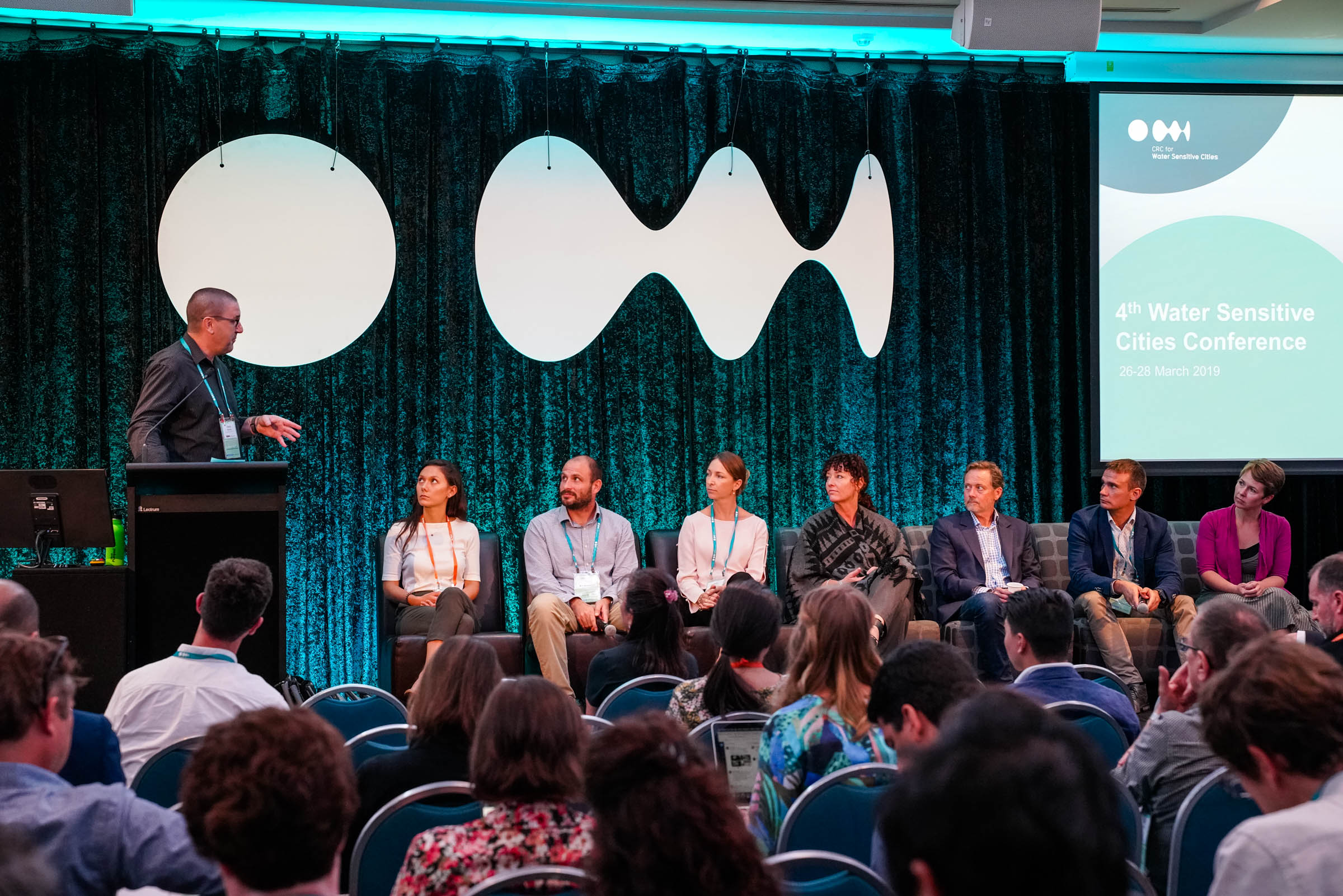
Securing our legacy beyond 2021
The conference was also an opportunity to outline our plans for creating an enduring legacy and genuine, ambitious change beyond 2021.
Extensive consultations with our Participants and other stakeholders confirmed that industry urgently needs new solutions that can respond to the pressures facing our cities and towns—ageing infrastructure, increasingly brittle built environments and climate change impacts.
At the conference, we launched our prospectus for a new CRC entity to meet this need. The Transformative Cities CRC would develop the technological, business and governance solutions that would help create the sustainable, liveable, prosperous and resilient urban places that we desire. With strong backing from 62 partners (both existing and new), we submitted our Stage 1 application for Round 21 CRC funding in July 2019.
It was very disappointing that our application did not progress to Stage 2. I am proud of our submission and grateful for the significant contribution from people across the CRCWSC and our partner organisations. The need for the work has not gone away, with climate adaptation practices now the critical approach to help our communities navigate through an increasingly intense period of climate change. Our learnings and experience in facilitating transition to water sensitive cities are important foundations for the next wave in city transformation. Feedback from our bid partners demonstrates the issues we identified are critical, and that the agenda and partnerships we established are important. We are still examining our options and I will keep you informed about our plans.
This setback heightens the strategic significance of the Water Sensitive Cities Institute, a not-for-profit social enterprise established as a wholly owned subsidiary of the CRCWSC. With the CRCWSC still in operation, the Board has set a clear brief for the Institute, to deliver strategic and bespoke consulting services in collaboration with our commercial Participants, SME Associates and university partners. As the CRCWSC term concludes, the Institute will expand its remit, as a mini-CRC, to ensure ongoing efforts in mainstreaming water sensitive cities practices and foster strategic integrated research projects. The CRCWSC Board has endorsed the future scope of the Institute as shown in the diagram below. Mainstream water sensitive cities practices permeate through all portfolios of activities.
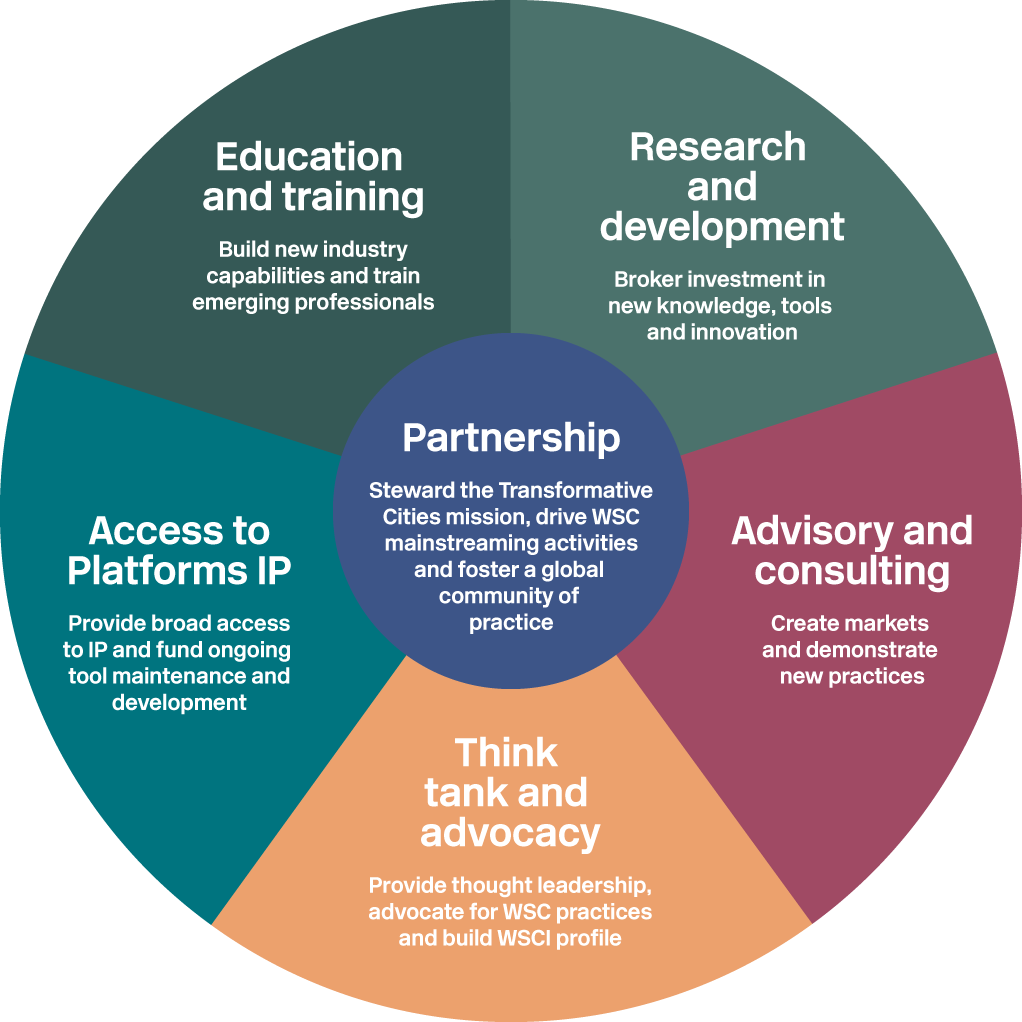
We will devote our first newsletter for 2020 exclusively to providing more details on proposed activities for each portfolio.
Progressing our T2 activities
We continued to power through our ambitious agenda of high quality research.
We completed IRP1 at the end of 2018, but the tools and frameworks that we developed and refined throughout this project keep driving change. Perth, the Gold Coast, Townsville and Bendigo, for example, are actively pursuing plans to realise their water sensitive city aspirations.
And the WSC Index Tool is the first CRCWSC tool to be rolled out at scale. Accredited WSC Index SME providers completed 17 benchmarking projects for local governments and water utilities this year, taking the total number of indexed locations to over 40. A second round of training this year is expected to increase the number of accredited providers to over 20, including three from overseas (two from New Zealand and one from the United States).
Guided by and in collaboration with industry partners, IRPs 2, 3 and 4 are developing frameworks and tools that water practitioners can use to create and assess water sensitive solutions:
- tools for assessing the benefits of water sensitive investments and new models for financing these investments (IRP2)
- a framework for integrating urban and water planning (IRP3)
- a draft infill typologies catalogue and a draft infill performance evaluation framework (IRP4).
We also completed and released the stage 1 scoping report for IRP5, which informed stage 2. We have now entered this second stage, which aims to improve how we manage water in urban developments affected by high groundwater.
Increasingly, we are combining outputs from multiple projects and working with our industry partners to apply water sensitive research and management practices to real world situations. A good example is our work on the urban heat island effect. For a case study in Melbourne, we used both biophysical and climate modelling to identify the urban heat island mitigation generated from different scales of investment in urban greening, drawing on Tranche 1 research. Then, we identified the dollar value of the benefits of the urban cooling effect produced by these urban greening strategies, using tools from IRP2.
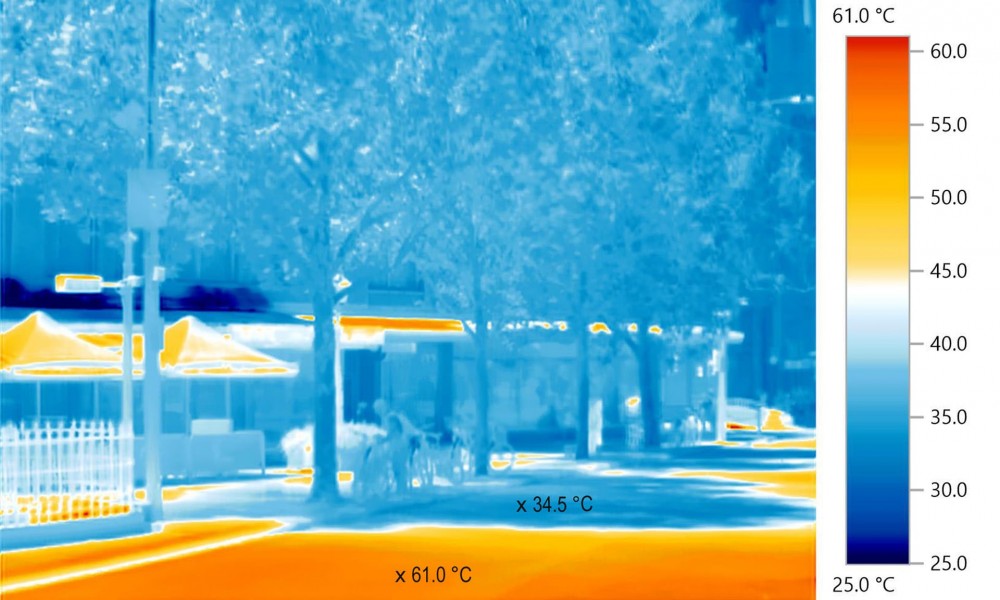
Our collaborative input into projects at Fishermans Bend (Victoria) and in Sydney's west (Liverpool Collaborative Area and the Sydenham to Bankstown urban growth corridor) are also bringing together multiple research disciplines and multiple professional practice sectors. For these projects, we built on existing State and local government policies and strategies, by providing an overarching framework for managing water, demonstrating how actions can be applied, and employing designs that capture multiple benefits.
Through the TAP sub-program, we continue to develop and refine industry-ready solutions and products, incorporating feedback from Participants who are applying these tools and products in real world situations. Throughout the year we refined the WSC Index Tool, the Transition Dynamics Framework, the INFFEWS Benefit Cost Analysis Tool, the INFFEWS Value Tool, the Urban Water Mass Balance Tool, the RESTORE Tool and the Scenario Tool.
Expanding our research impact overseas
Our international activities not only help us create more water sensitive urban areas around the world, they teach us valuable lessons from applying water sensitive principles on the ground—lessons we can bring back to Australia. Our activities also generate opportunities for our Participants to provide services in these overseas markets.
One of the best examples is our work in the City of Kunshan in China. We helped develop the Sponge City Brain for Kunshan, an Internet of Things (IoT) platform that aims to optimise water management and city planning objectives. We have now signed a new MOU with the City to commence field validation of the real time control operation of water cleansing, stormwater harvesting and flood management in some of their many polders. These experiences will directly benefit Australian projects as we enter a new era of digital technology. Similarly, an IoT platform for creating a walkable ‘cool journey’ through an urban space that we are trialling in Kunshan is now the subject of further development in Melbourne, in conjunction with Monash Art Design and Architecture and the City of Melbourne. It will be part of an exhibition during Melbourne Design Week 2020 (12–22 March 2020).
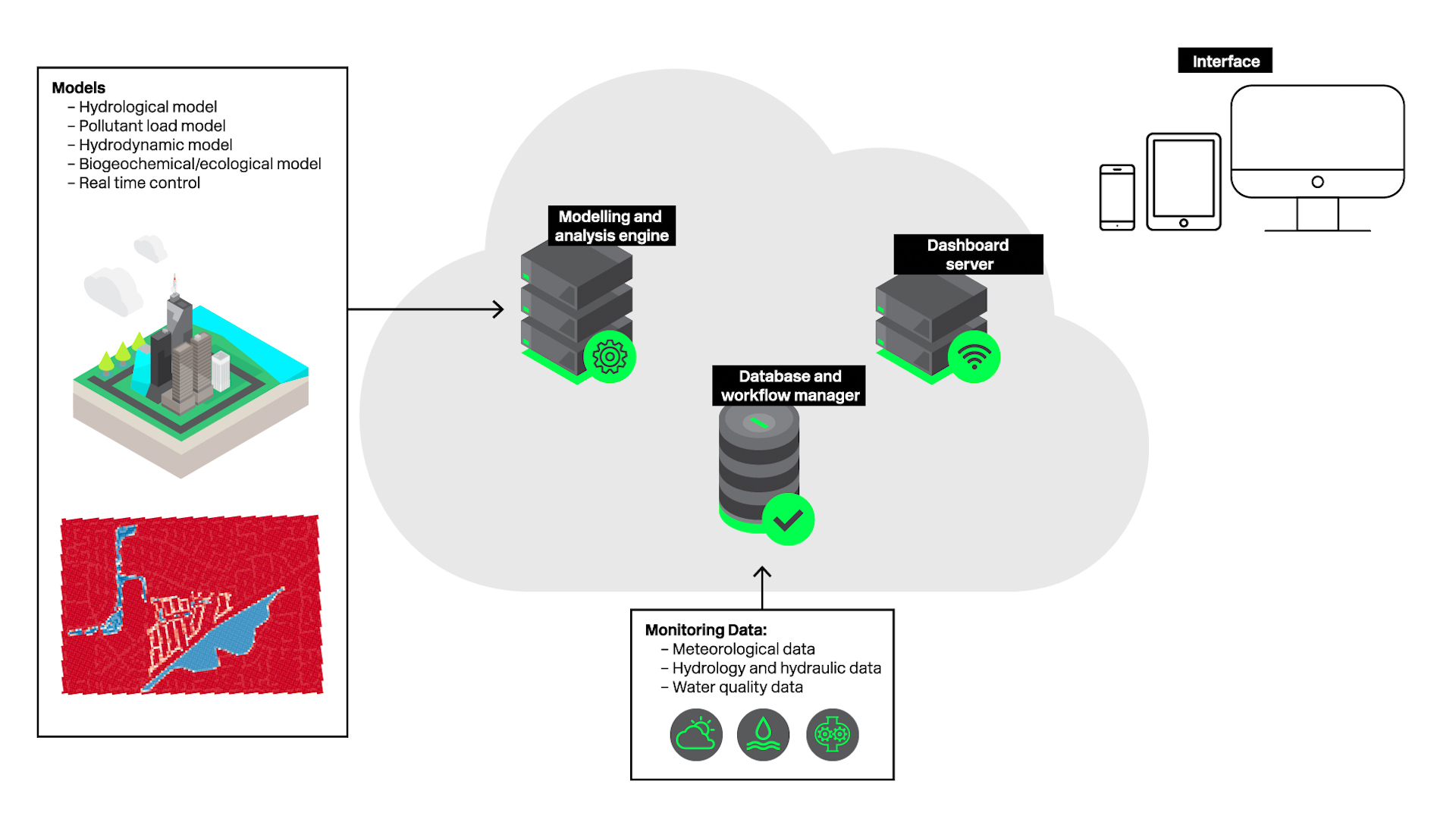
Other examples include the following:
- Our work in India on the cities of Amaravati and Vijayawada (in partnership with the Department of Foreign Affairs and Trade and Australian Water Partnership) has created opportunities for several of our SME Associates.
- We are continuing to collaborate with the World Bank Group to support water sensitive practices in Indonesia, China and Botswana. Our IRP2 output, the INFFEWS Value Transfer Tool, is being used to document non-market economic values of nature-based solutions for flood management in a number of China projects.
Helping make RISE tangible
Some two years ago, the CRCWSC together with Monash University embarked on an ambitious works program: to revitalise informal settlements using a water sensitive approach to concurrently address challenges related to water, sanitation, hygiene, drainage and floods. This was the RISE (Revitalisation of Informal Settlements and their Environments) project. Our goal was to improve the environment, and through that, improve the health and wellbeing of the people who live here.
A first step was to construct a demonstration of interventions in a smaller community. On 18 October we held a completion ceremony for the RISE demonstration project at Batua, Makassar. This was attended by Richard Mathews (Australian Consul-General at Makassar) with other dignitaries including the Mayor of Makassar, Dr M Iqbal Samad Suhaeb and Asian Development Bank Vice President, Mr Bambang Susantono. Mr Susantono's Vblog has significantly renewed interest in our efforts to improve the efficacy of traditional approach to water, sanitation and hygiene (WASH).
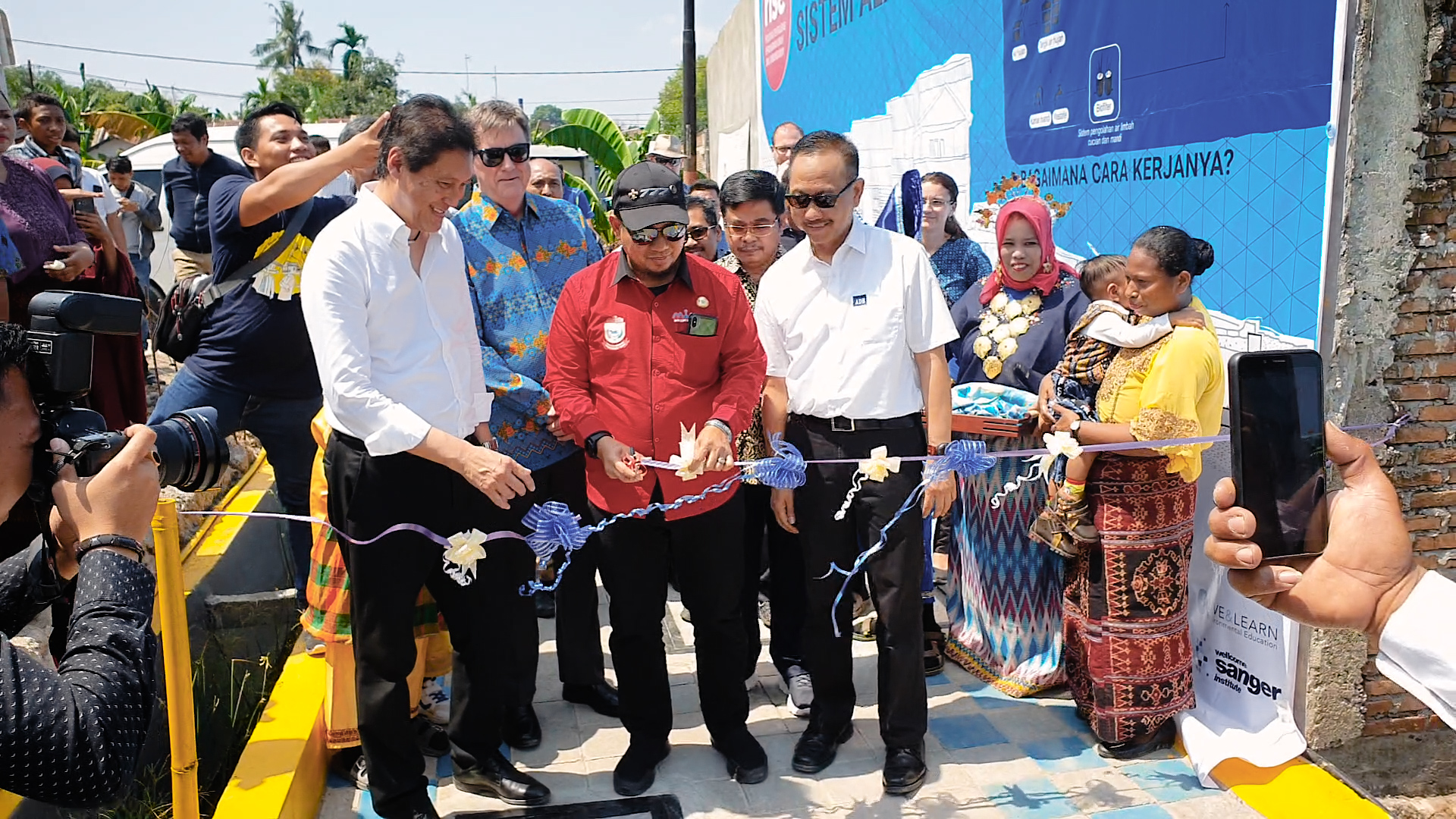
This is a significant milestone, because Batua will be an enabler of positive change for so many. RISE is now tangible. Stakeholders, some sceptical, can see it, touch it and appreciate its potential; we no longer need to sketch it or use hypotheticals or surrogates based on projects in Australia, Singapore or China. It has reinvigorated and strengthened our partnerships, among the RISE interdisciplinary team, and with our stakeholders. We learned valuable lessons about its construction in Indonesia, and have evidence of favourable comparable costs with mainstreamed traditional approaches to delivering sewerage services. Our co-design process proved to be effective in harnessing community participation. We are now on track to commence construction of a similar demonstration in Suva.
I’m excited about 2020
I most sincerely thank all our Participant organisations and individual officers representing them for their continued and enthusiastic support of our work. Most importantly, I am indebted to the CRCWSC team for their hard work and dedication throughout another action-packed year.
I wish you all a safe and happy end-of-year break, and I look forward to the challenges and opportunities of 2020.
Tony Wong
CEO
CRC for Water Sensitive Cities
